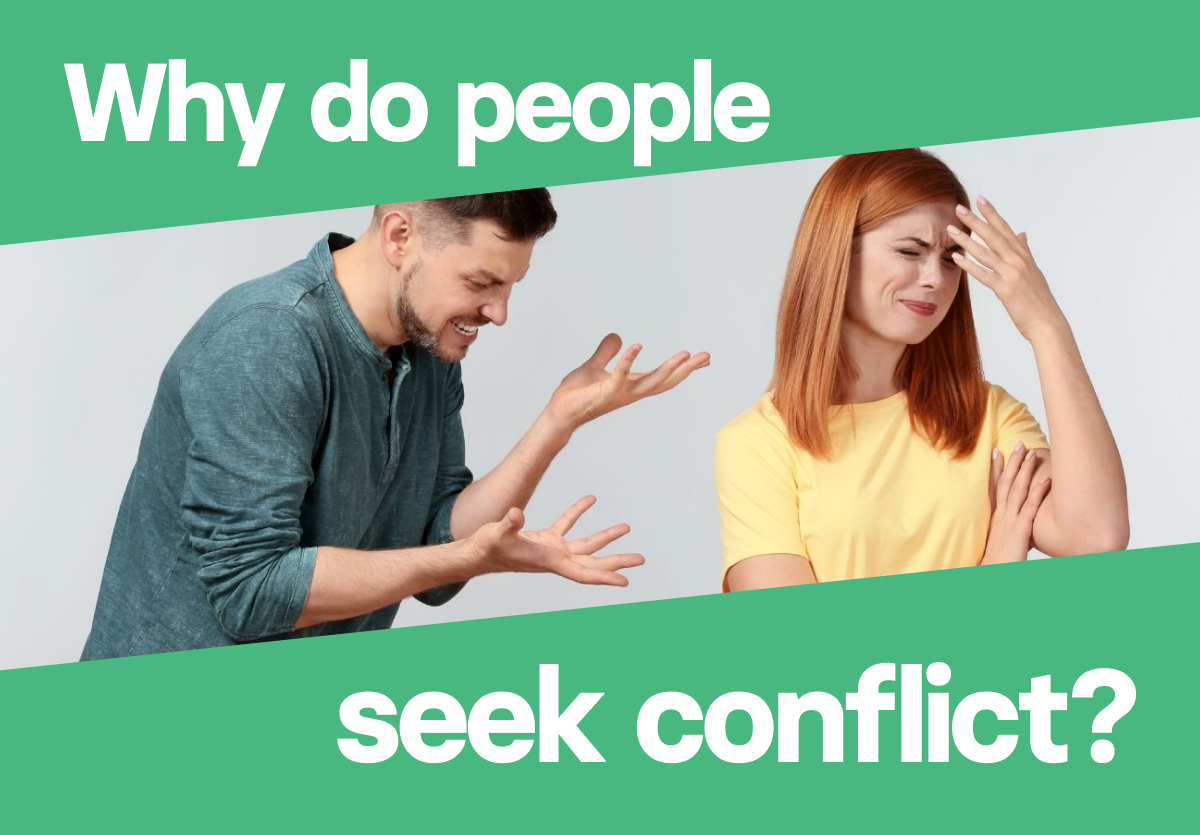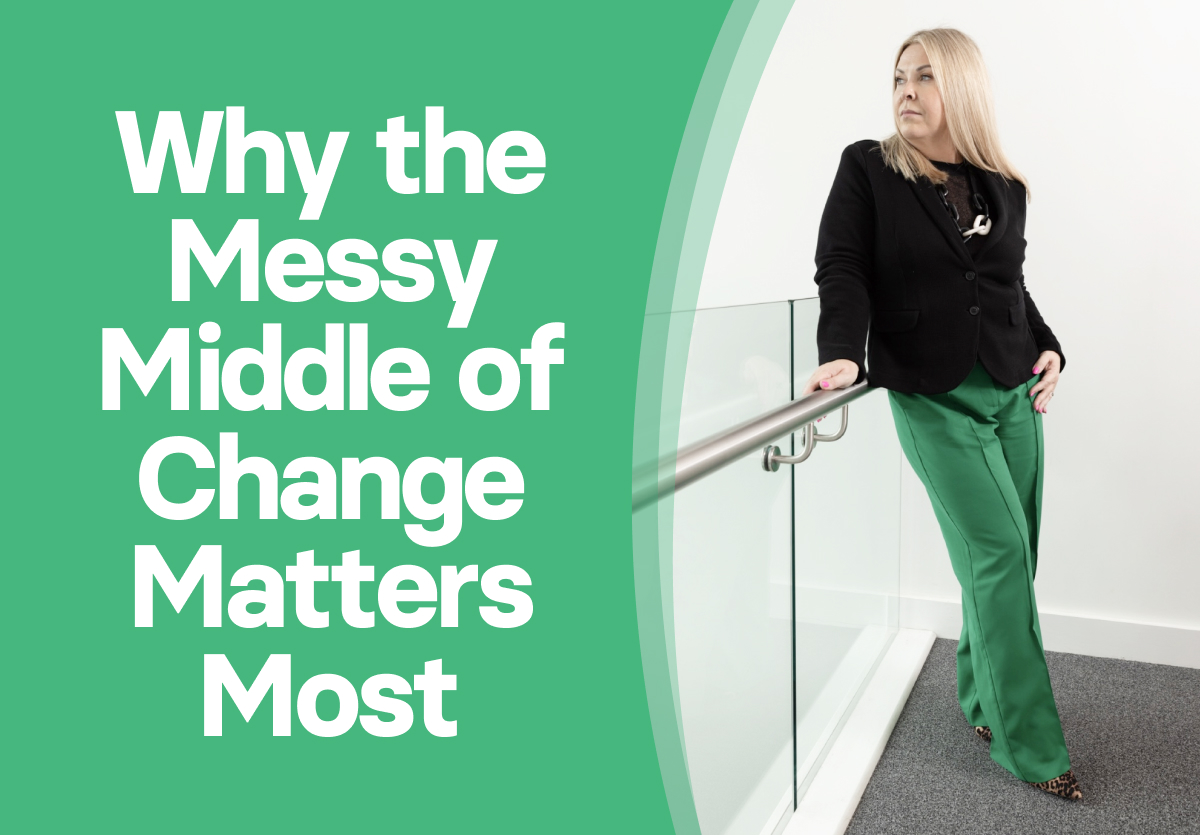Coaching is evolving. And if it’s going to remain relevant, impactful, and ethical in today’s complex workplace landscape, we need to evolve with it.
Over the past few months, I’ve spoken to countless organisations about how they’re embedding coaching into leadership. And I keep hearing the same thing:
“We’re teaching our leaders the GROW model.”
When I ask why, the response is usually some version of “It’s what we’ve always done,” or “It’s simple and easy to roll out.”
Now, before you think I’m here to slate GROW, let me be clear: it had its moment. For decades, it gave leaders a starting point for structured conversations. But coaching has moved on. The world of work has moved on. And people have moved on too.
After more than 6,000 hours of coaching practice, I can count on one hand the number of times I’ve consciously used GROW. Not because I’m a rebel, but because it doesn’t do what my clients need it to do.
It’s not that GROW is bad. It’s just not enough.
And in many contexts, it’s actively holding coaching back.
Let’s unpack why.
1. It’s Transactional, Not Transformational
The GROW model was built to drive performance outcomes. It’s brilliant if you want someone to set a goal and work out some steps to get there. But when the issue is emotional overwhelm, imposter syndrome, burnout, or a crisis of identity? GROW doesn’t touch the sides.
Coaching that transforms behaviour must engage with the whole human, not just the task in front of them.
We need leaders to coach the human behind the performance, not just the performance itself. That means engaging with emotion, mindset, coping strategies, self-belief, and self-worth, all the things GROW leaves out.
2. t’s Too Linear for Real Change
GROW is neat. Human behaviour isn’t.
The model suggests a straight path: set a Goal, explore the current Reality, weigh up Options, and establish the Will to act.
But real transformation is messy. People go backwards before they go forwards. Emotions can disrupt progress. Conditioning and past experiences show up uninvited.
Trying to shoehorn that complexity into a tidy four-step process oversimplifies what coaching is truly capable of.
3. It Stays on the Surface
GROW keeps the focus on goals and actions, which is fine if the client’s problem is a lack of clarity.
But in most cases, it’s not.
Performance problems, procrastination, perfectionism, or people-pleasing aren’t about what someone is doing. They’re about why they’re doing it, and what they believe about themselves.
If your coaching never gets under the surface, you’ll help people tinker with their habits, but you’ll never help them change the story they tell themselves.
4. It Ignores the Past
One of the most dangerous myths in coaching is that you don’t need to understand the past to move forward. I don’t agree.
We need to understand what’s shaped someone’s coping strategies, limiting beliefs, and self-worth.
If a leader is terrified of delegating, you can set a goal to “delegate more” all day long. But if their sense of identity is wrapped up in being the only one who gets things right, they won’t do it. And GROW won’t help them uncover that.
5. It’s Overused and Under-challenged
GROW has become the default coaching tool because it’s simple. But simple isn’t always better.
Many organisations don’t realise there are more advanced, human-centric methods available. They’re not deliberately choosing GROW because it’s the best fit. They’re using it because they don’t know what else exists.
It’s time to challenge that default.
6. It Doesn’t Equip Leaders for Emotionally Intelligent Conversations
Modern leadership isn’t just about managing output. It’s about holding space.
When a team member is overwhelmed, stuck in self-doubt, dysregulated, or masking just to get through the day, a model like GROW can feel mechanical, even invalidating.
Leaders need to be equipped with the ability to:
• Recognise emotional states
• Stay regulated themselves
• Know when to hold silence and when to intervene
• Understand what might be going on underneath the surface
GROW doesn’t offer that. In fact, it often encourages leaders to push people straight to action before they’ve even felt heard.
7. It’s a Tool, Not a Methodology
One of the biggest misconceptions I see in organisations is the idea that GROW is a coaching framework. It’s not. It’s a tool.
A coaching methodology is something deeper, it holds theory, psychological rigour, human insight, and a structured journey that recognises the client as a whole.
GROW doesn’t account for identity, belief systems, self-regulation, or the deeper factors driving behaviour. It offers no way to track progress, integrate new insights, or build lasting self-awareness.
That’s why at Paseda360, we developed a full-spectrum coaching method that includes psychology, neuroscience, and emotion-regulation tools like Havening. Because modern coaching needs more than just a model.
8. It Doesn’t Reflect Today’s Work Culture
Work has changed. Fast.
Leaders today are not just managing deadlines and deliverables. They’re leading through:
• Uncertainty and change
• Remote and hybrid working
• Burnout and overwhelm
• Rising mental health concerns
• Identity shifts and life transitions
GROW doesn’t equip leaders for any of that. It was built for a different era.
We need new tools. New thinking. And a new standard for what good coaching looks like.
So What’s the Alternative?
We need to stop handing leaders a set of questions and calling it coaching.
Coaching in 2025 and beyond must:
• Help leaders understand themselves first
• Provide practical tools for emotional regulation
• Integrate insight from both past experience and future aspirations
• Encourage depth, not just action
• Be rooted in ethical, human-centric practice
At Paseda360, our Leaders as Coaches programme starts by building the self-awareness of the leader, before we even touch how they coach others.
Because if you haven’t done the inner work, you can’t hold space for someone else’s.
We teach a method that blends psychology, structured coaching tools, trauma-aware techniques, and a deep understanding of human behaviour.
No fluff. No overly-theoretical models. And no skipping over the hard stuff.
Final Thought
The GROW model helped put coaching on the map. For that, it deserves credit.
But the world has moved on? and our coaching needs to move with it.
We owe it to our leaders, our people, and our organisations to stop relying on outdated tools simply because they’re easy to roll out.
The bar is higher now.
And when you raise it, transformation happens — not just performance tweaks.
Want to bring Human-Centric Coaching into your organisation?
Get in touch to learn more about our Leaders as Coaches programme and how we’re training leaders to coach with confidence, clarity, and emotional intelligence, not just follow a script.







